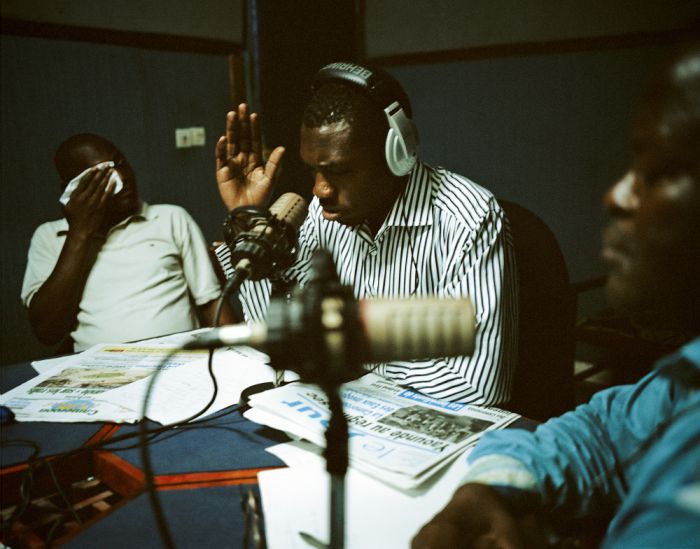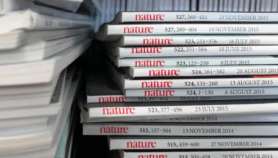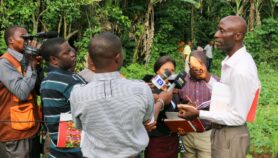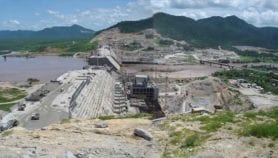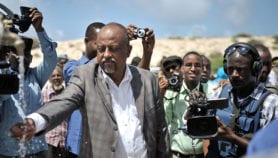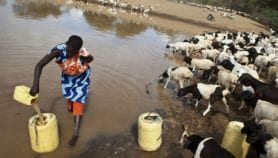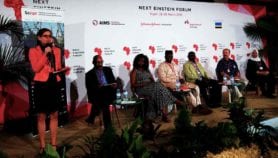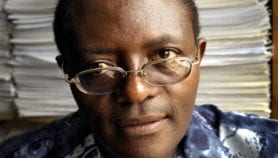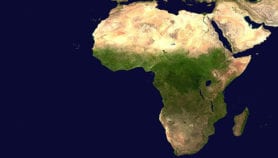By: Gilbert Nakweya
Send to a friend
The details you provide on this page will not be used to send unsolicited email, and will not be sold to a 3rd party. See privacy policy.
[NAIROBI] Policymakers and researchers have become increasingly convinced that science, technology and innovation (STI) is the key to unlocking Sub-Saharan Africa’s development potential and I tend to agree with this line of thought.
Indeed, many experts are of the view that STI is a vital ingredient for socio-economic growth in the global South. As I delve deeper into this subject, I try to seek answers on how African countries can place STI at the heart of their development blueprints as a positive strategy.
To my knowledge, African countries and other developing nations are not doing enough to take advantage of the possibilities that STI offers to transform the lives of their citizens, especially the rural poor.
We journalists need to amplify the voices of the most vulnerable and the marginalised in society.
Gilbert Nakweya
I attended a meeting of the Kenya Environment and Science Journalists Association in Kenya last week (20 February) during which a question relating to whether STI knowledge is adequately shared among policymakers and researchers arose.
Journalists, development communication practitioners, scientists and policymakers discussed the status of science journalism in Kenya, and STI featured prominently as they debated the challenges and opportunities of communicating science.
Although Kenya was credited for increased coverage of STI issues over the last five years, participants were concerned that important issues such as climate change, energy,, research and development (R&D) and water and sanitation were not adequately covered although they are crucial to the country’s transformation.
Patrick Likobele, an agro-ecosystems and environmental management student at Kenya’s University of Nairobi, said he expects to learn more about the environment from the media,
I agree with Likobele that there is a knowledge gap that can be narrowed by journalists following up on issues at meetings that promote STI and R&D, such as the upcoming United Nations Environmental Assembly in Nairobi (23-27 May).
Journalists ought to get stories from credible sources and write articles that promote STI to bridge the knowledge gap among policymakers, scientists and communities.
Mariana Rufino, a research scientist at the Center for International Forestry Research in Kenya told journalists that it is important for them to own the processes of STI initiatives in Africa and understand how technologies work.
We journalists need to amplify the voices of the most vulnerable and the marginalised in society, while paying particular attention to children, women and physically challenged people. Communicating STI can be a useful catalyst in achieving this goal.
This piece was produced by SciDev.Net’s Sub-Saharan Africa English desk.


